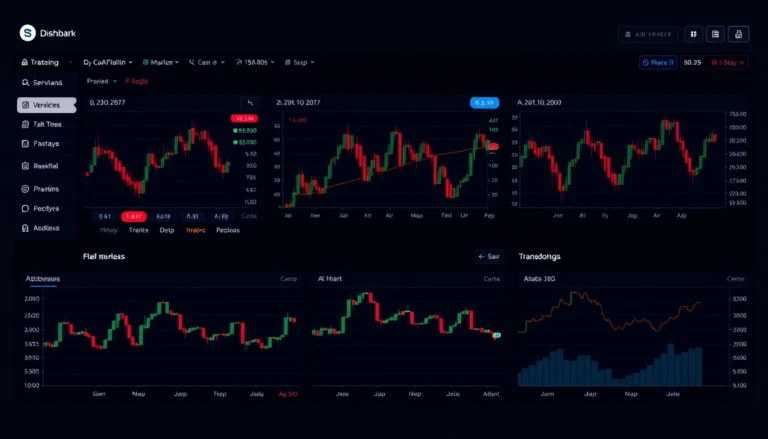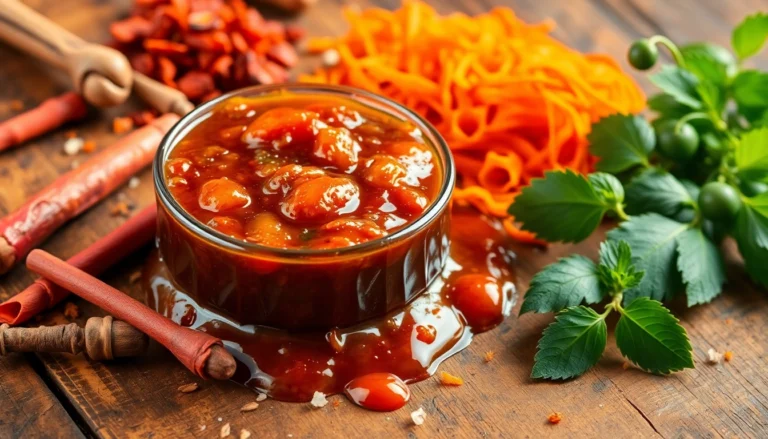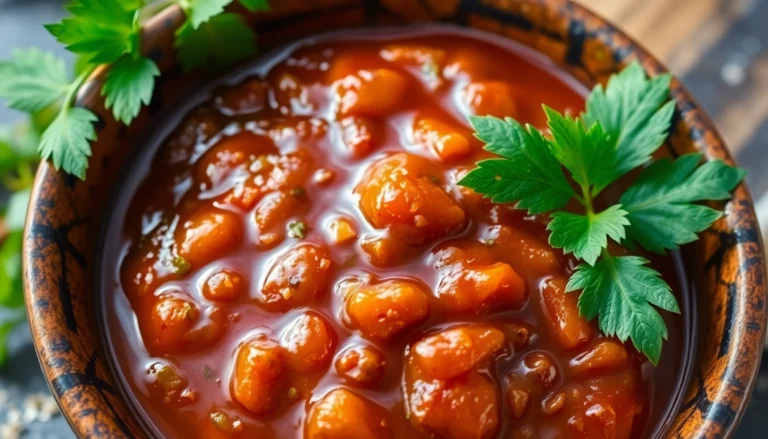Introduction to the Term DILF: Origins and Meaning
The term dilf is a colloquial acronym that has gained widespread recognition in modern pop culture and internet communities. Standing for “Dad/Daddy I’d Like to Fk,” this phrase is used to describe an older, mature man who exudes attractiveness and sexual appeal. Interestingly, the label doesn’t necessarily imply fatherhood; rather, it emphasizes age, maturity, and a certain rugged or charismatic appeal that many find irresistible. The emergence of the term reflects broader cultural shifts in how society perceives attractiveness, particularly among men, and challenges traditional ideas of youth-centric beauty standards.
The origins of dilf can be traced to the early 2000s, shortly after the popularity of the term MILF, which stands for “Mother I’d Like to Fk.” While MILF gained mainstream recognition through movies like American Pie and became a household phrase, the parallel term dilf emerged as a way to celebrate masculine maturity and attractiveness. It was initially used humorously or as a compliment among friends but gradually seeped into popular culture, social media, and adult entertainment, where it now holds a significant presence.
The Cultural Rise of DILFs: From MILF to DILF
The transition from MILF to dilf signifies a broader cultural acceptance of mature masculinity as an object of desire. While MILF was often associated with youthful and sexy mothers, dilf emphasizes the appeal of older men who embody strength, confidence, and experience. This shift mirrors changing societal attitudes towards aging and attractiveness, embracing the idea that maturity can be just as alluring, if not more so, than youth.
In many ways, the popularity of dilf reflects a move towards appreciating diverse forms of beauty, including those that defy traditional ageist standards. It also highlights a cultural shift where age is no longer a barrier to sexual desirability but can be a key component of attractiveness. This evolution is evident across various media and internet platforms, where the dilf archetype is celebrated and normalized.
DILF in Popular Media: Movies, TV Shows, and Video Games
American Pie Presents: The Book of Love
The American Pie franchise is credited with popularizing the term MILF, but it also introduced the concept of dilf through characters like Rob’s father in American Pie Presents: The Book of Love (2009). This film, part of the larger franchise known for its humorous and raunchy take on adolescence and sexuality, features a character who embodies the dilf archetype—an older, attractive man with a charismatic presence. The film’s portrayal of this character contributed to the term’s rising popularity, especially as viewers began to recognize and celebrate mature masculinity as something desirable and sexy.
Riverdale’s Fred Andrews
On television, the character Fred Andrews, played by Luke Perry in the Netflix series Riverdale, is often cited as a quintessential example of a dilf. Introduced in 2017, Fred is depicted as a caring father, a dedicated businessman, and an attractive, mature man who exudes confidence and strength. Fans of the series frequently describe him as a dilf because of his rugged charm, leadership qualities, and protective nature, which combine to create an idealized image of mature masculinity. Fred Andrews’ character helped popularize the dilf archetype among younger audiences and reinforced the idea that attractiveness does not diminish with age.
Daddy Halsin in Baldur’s Gate
In the realm of video games, particularly in the popular role-playing game Baldur’s Gate, fans have taken to calling the character Daddy Halsin. Known for his protective and commanding personality, Halsin is a druid who embodies strength, wisdom, and a nurturing demeanor—all qualities associated with the dilf archetype. His appearance, combined with his personality, has led many fans to affectionately nickname him “Daddy Halsin,” emphasizing his status as a mature, attractive figure. This phenomenon illustrates how internet fandoms and gaming communities have embraced the dilf concept, blending character traits with real-world attractiveness standards.
DILFs in Internet Culture: Social Media & Online Communities
Instagram’s DILFs of Disneyland
The internet has played a pivotal role in elevating the dilf archetype, particularly through social media platforms like Instagram. One notable account, DILFs of Disneyland, boasts over 300,000 subscribers and features photos of mature men enjoying family outings at Disneyland. These images celebrate the idea that attractiveness and appeal are not limited to youth and that older men can be charismatic, approachable, and undeniably attractive in everyday settings. This account has helped normalize the idea that mature men can be both family-oriented and sexually appealing, challenging societal stereotypes about aging and masculinity.
Reddit’s r/DILFs Community
Online communities such as Reddit have cultivated spaces where fans and enthusiasts can share and celebrate the dilf archetype openly. The subreddit r/DILFs, which has nearly 100,000 members, is a thriving NSFW community dedicated to sharing images, videos, and discussions about mature men who embody the dilf persona. This community reflects the widespread fascination with mature masculinity and demonstrates how internet culture fosters acceptance and admiration for the dilf archetype. It also highlights a broader trend of embracing diverse expressions of attractiveness across age groups.
The Significance of DILFs in Modern Society
In contemporary society, the dilf archetype carries more than just sexual connotations; it symbolizes a celebration of maturity, confidence, and life experience. Men who fit the dilf profile often exude a sense of self-assurance and charisma that many find magnetic. Recognizing and appreciating dilfs in media and culture reflects a shift toward more inclusive beauty standards, where age is seen as an asset rather than a liability.
This trend also influences how men approach aging, encouraging them to embrace their maturity and maintain their attractiveness through grooming, fitness, and confidence. Moreover, dilfs challenge stereotypes that associate aging with decline, instead positioning it as a phase ripe with attractiveness and appeal.
How the DILF Archetype Influences Beauty Standards
The emergence and popularity of the dilf archetype have significant implications for societal beauty standards. Traditionally, attractiveness has been closely associated with youth, especially in media portrayals. However, the dilf concept promotes the idea that maturity, confidence, and charisma are equally—or even more—desirable traits.
This shift encourages a broader acceptance of aging and promotes positive representations of older men in the media. Fashion, grooming, and lifestyle industries are increasingly catering to this demographic, emphasizing that attractiveness is not solely the domain of the young. The dilf archetype serves as a catalyst for redefining masculinity and attractiveness in a way that values experience, strength, and personality alongside physical appearance.
Conclusion: Embracing Mature Attractiveness and Cultural Trends
The term dilf encapsulates a cultural appreciation for mature masculinity that has gained momentum in recent years. From its origins as a humorous parallel to MILF to its current status as a celebrated archetype in pop culture, internet communities, and mainstream media, the dilf embodies a broader shift toward embracing aging as a source of attractiveness and confidence.
Whether depicted in movies, TV shows, video games, or online forums, dilfs challenge traditional beauty standards and promote a more inclusive view of what it means to be desirable as a man. As society continues to evolve, the appreciation for mature, charismatic men is likely to grow, further cementing the dilf as a symbol of attractiveness that transcends age.
In understanding and celebrating the dilf archetype, we acknowledge that appeal is multifaceted—rooted not only in physical appearance but also in personality, confidence, and life experience. By embracing this cultural trend, we foster a more inclusive and realistic appreciation of attractiveness across all ages.
For anyone interested in exploring this phenomenon further, remember that the dilf archetype continues to grow and influence modern perceptions of masculinity and attractiveness, making it a fascinating aspect of contemporary culture worth celebrating.






